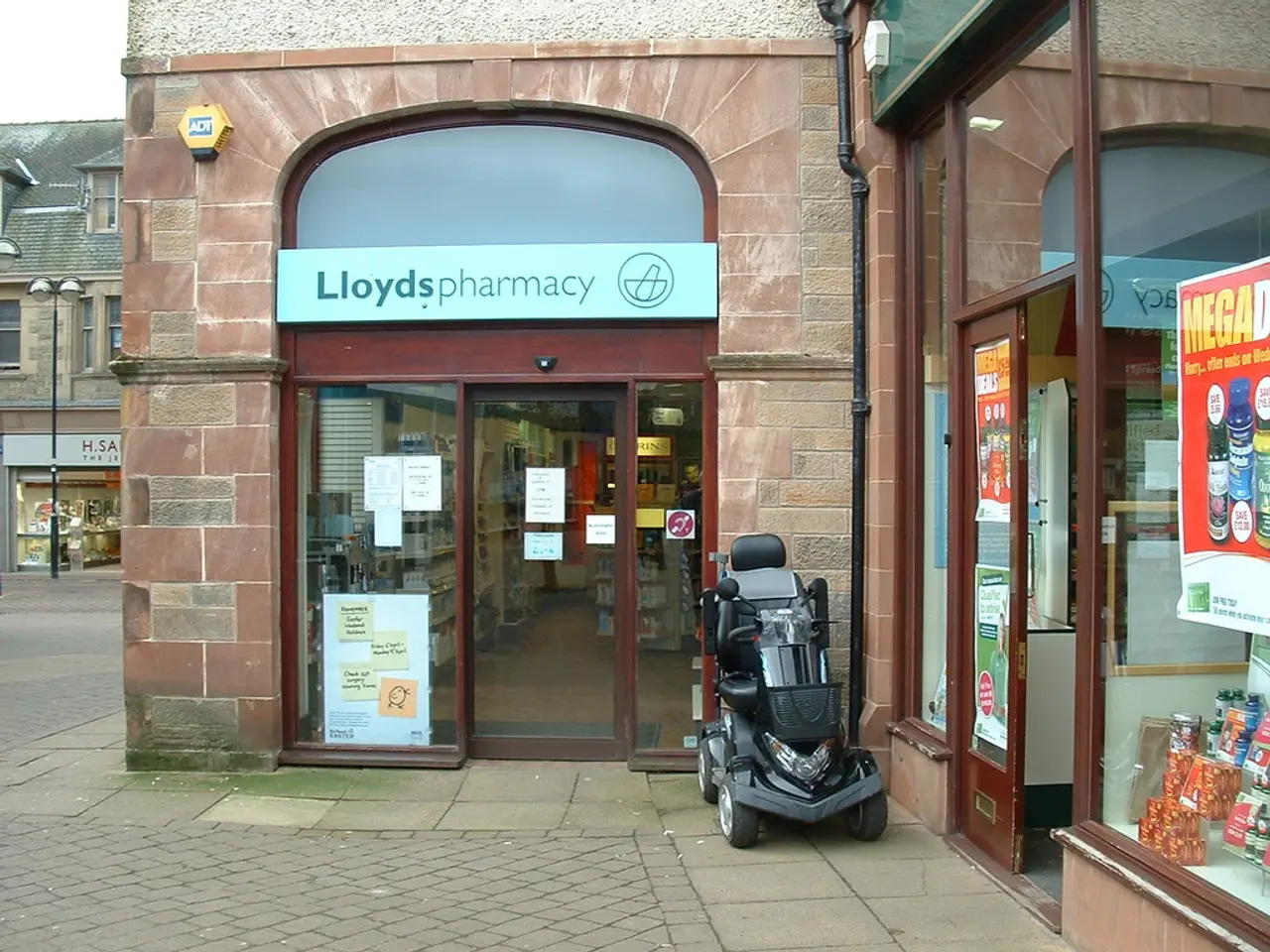Trump Proposes 340B Drug Pricing Reform to Curb Hospital Abuse
The Trump Administration has proposed a plan to reform the 340B drug pricing program, aiming to restore its original mission of lowering drug costs for patients. The proposal seeks to address hospitals' exploitation of the program for revenue, rather than passing savings on to patients.
Established in 1992, the 340B program enables hospitals to buy pharmaceuticals at discounted prices, with the intent of passing those savings on to patients. However, a federal agency in charge of the program has highlighted instances where hospitals have pocketed the difference between discounted drug prices and full prices charged to patients. The Trump Administration's proposal parallels successful federal drug pricing programs, such as the Medicaid Drug Rebate Program and the Department of Veterans Affairs Federal Supply Schedule, by not implementing price controls or violating patent rights.
The proposal seeks to shift the program from up-front discounts to retroactive rebates, creating a paper trail to prevent hospitals from 'double-dipping' on discounts and improve auditability. This move aims to enhance the program's integrity and effectiveness, which have eroded due to lack of oversight and exploitation of loopholes. The proposal, if implemented broadly, offers the promise of real reform on drug prices while preserving pharmaceutical innovation.
The Trump Administration's proposal aims to eliminate abuse and improve accountability in the 340B program. To be effective, the proposal should cover all drugs within the program, rather than a limited number of outpatient drugs, to prevent hospitals from exploiting non-covered drugs. Major beneficiaries of the program in recent years have been large public hospitals, safety-net hospitals, and affiliated partner pharmacies, particularly those serving low-income and uninsured patients, with many top beneficiaries being major academic medical centers and community health systems across the United States.
Read also:
- Abu Dhabi initiative for comprehensive genetic screening, aiming to diagnose over 800 conditions and enhance the health of future generations in the UAE.
- Elderly shingles: Recognizing symptoms, potential problems, and available treatments
- Exploring the Reasons, Purposes, and Enigmas of Hiccups: Delving into Their Origins, Roles, and Unsolved Aspects
- Various forms of cataracts include nuclear, pediatric, traumatic, and additional types







